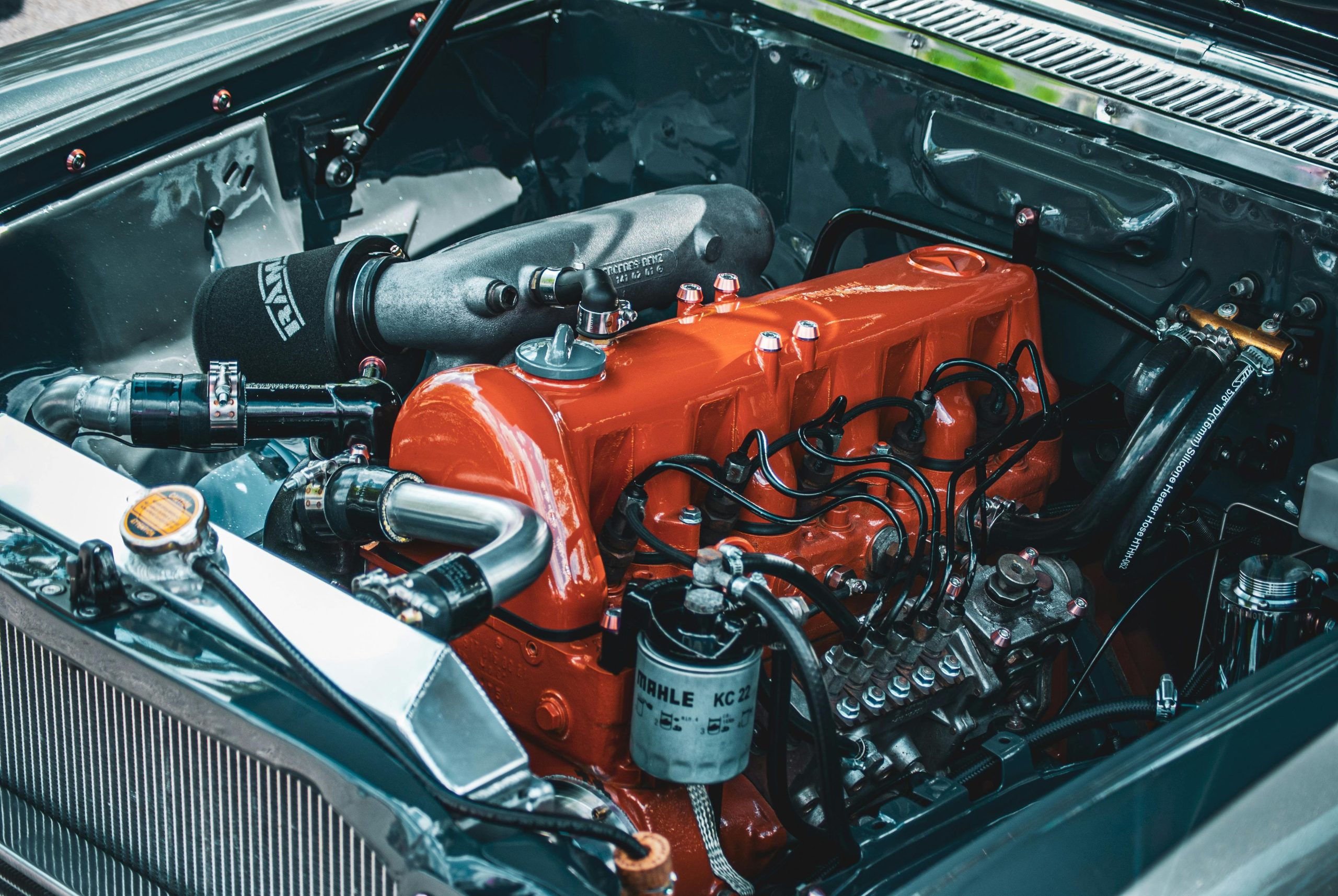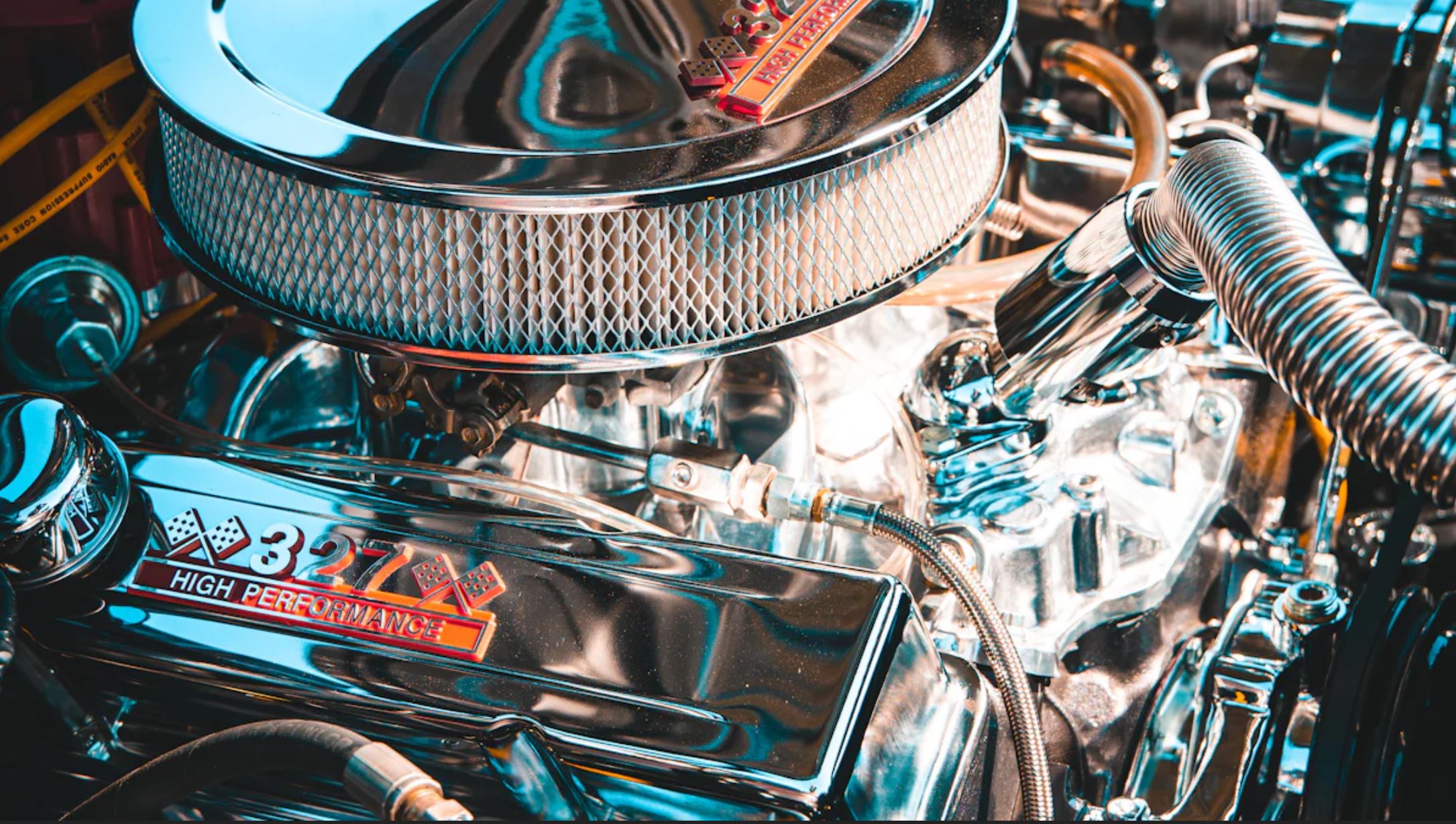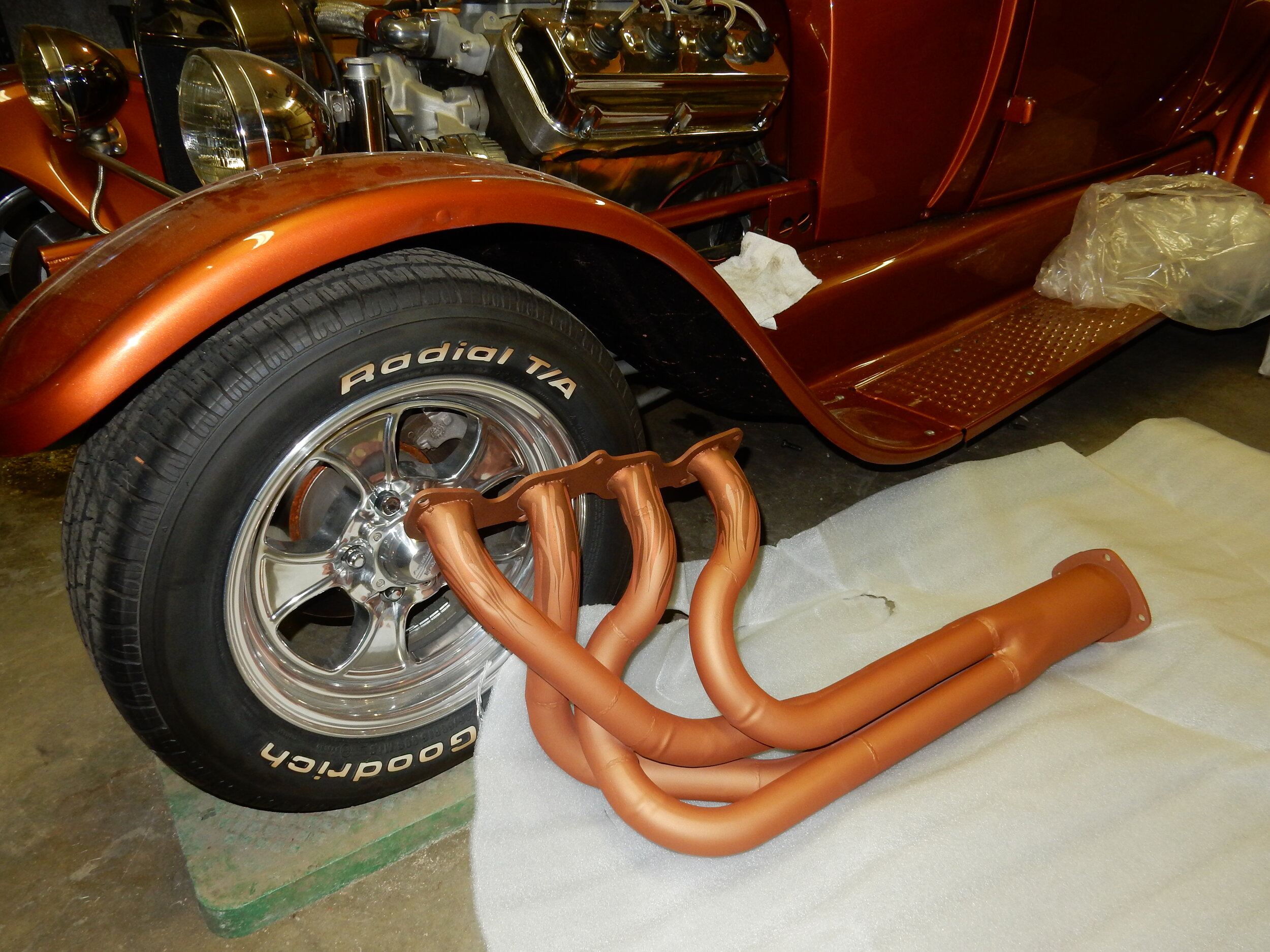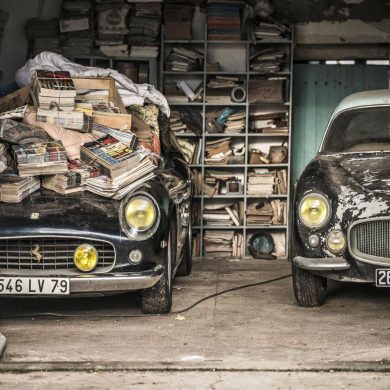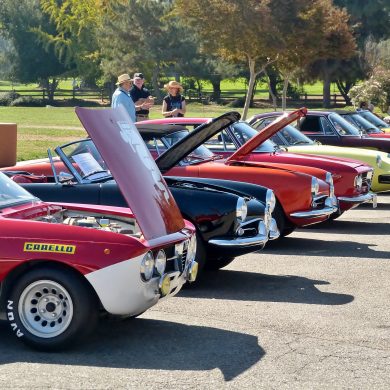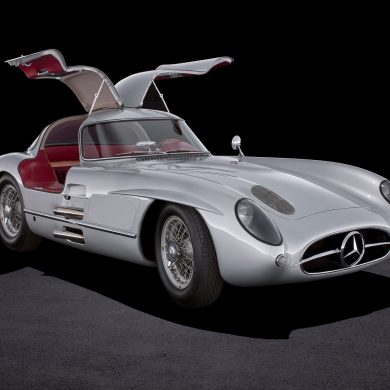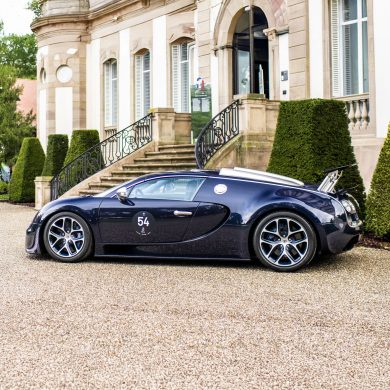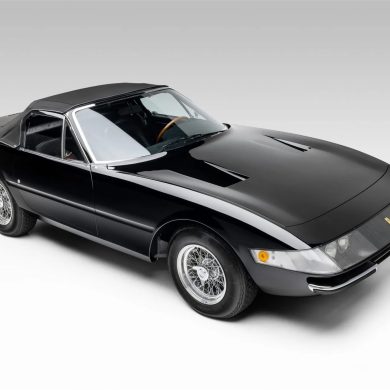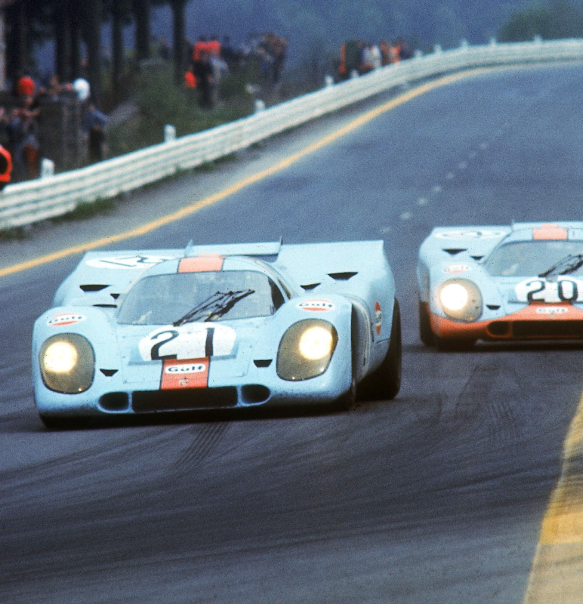For many classic car owners, the journey doesn’t end at acquisition. It begins there, with each restoration, improvement, or tasteful upgrade breathing new life into a vehicle built in a different era. Among the smartest performance enhancements you can make, especially early in a build, is an exhaust system upgrade.
Swapping out old manifolds for modern headers doesn’t just boost performance. It often marks the start of a transformation that balances nostalgia with drivability. For enthusiasts who are going for a full restomod or simply refining a cruiser, upgrading the exhaust system is a gateway to unlocking the real potential of your vintage ride.
Vintage Cars and the Upgrade Mindset
Some purists prefer their vehicles untouched, maintaining full originality. Others lean into modern upgrades, seeking comfort, reliability, and added fun behind the wheel. And then there is the growing restomod community, blending classic looks with 21st-century performance. No matter where you stand, most enthusiasts agree: performance upgrades should enhance the experience without compromising the soul of the car.
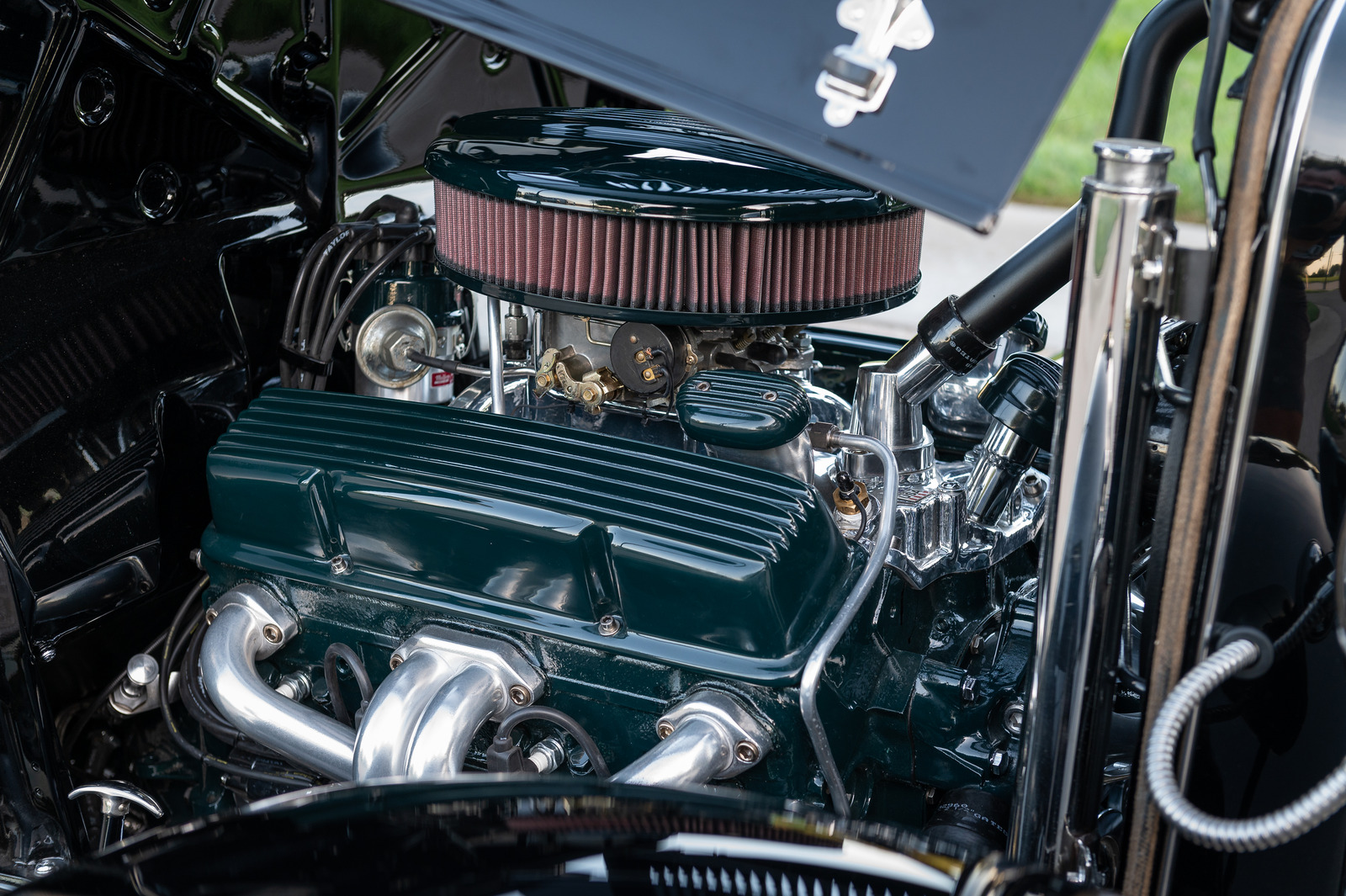
Exhaust upgrades fit squarely into that philosophy. They are one of the least invasive, most effective changes you can make. A well-chosen set of exhaust manifolds & headers often becomes the foundation for future engine enhancements like camshafts, intake swaps, or electronic ignition.
Why Factory Manifolds Hold You Back
Stock exhaust manifolds are usually heavy, cast-iron units that were built with durability in mind. Performance was not the top priority. Their internal flow paths are rough and cramped, creating backpressure and slowing the exit of exhaust gases. This inefficiency leads to reduced power, sluggish throttle response, and poor fuel economy.

Headers solve this by optimizing the flow of exhaust gases from each cylinder. Rather than merging exhaust pulses too early, headers maintain separation long enough to improve scavenging. That means spent gases are cleared more effectively, pulling in fresh air and fuel for the next combustion cycle. The result is more horsepower, better throttle response, and improved engine efficiency.
Shorty vs. Long-Tube Headers
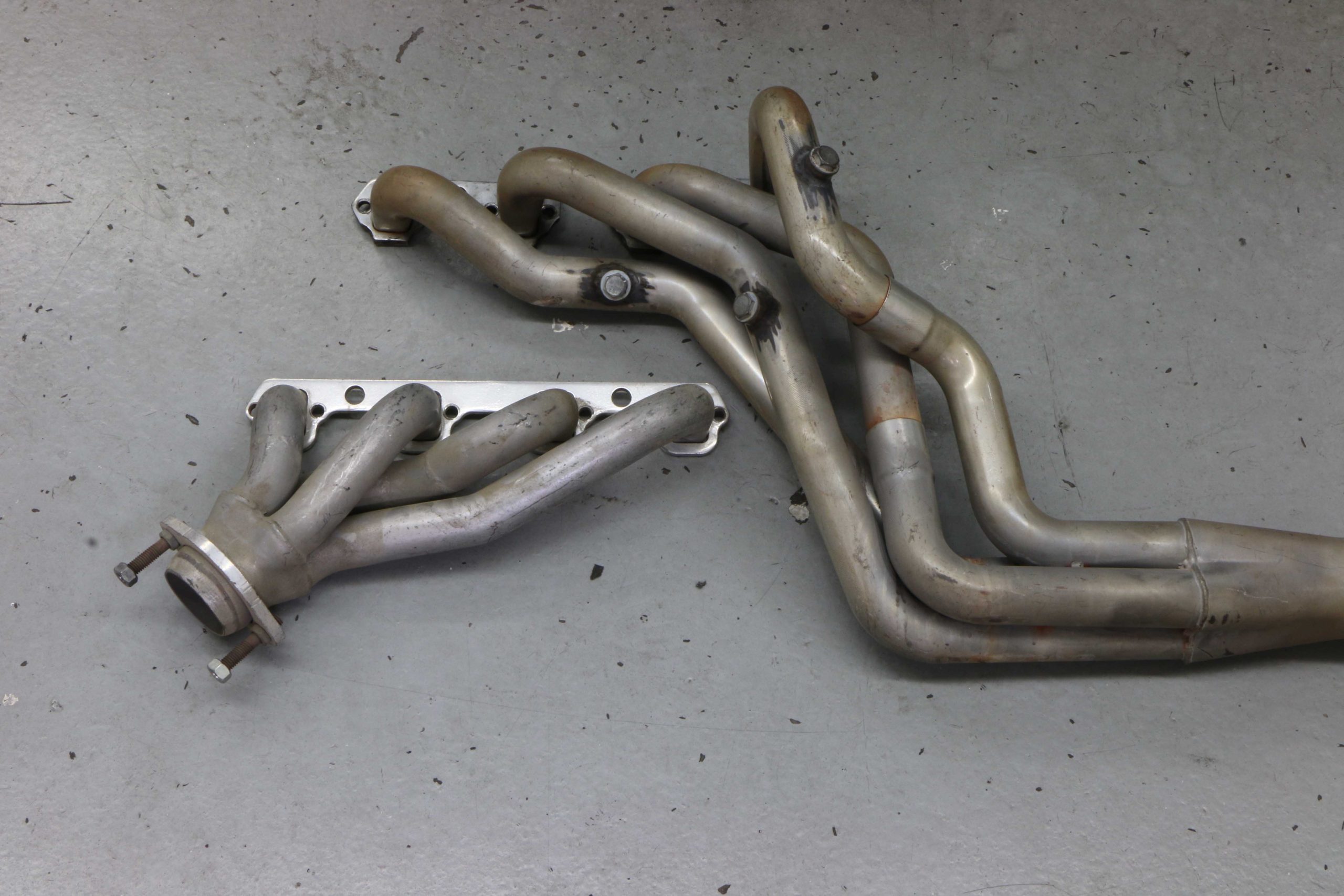
There are two common types of headers, and each suits different goals.
- Shorty headers are more compact and usually bolt right up to factory exhaust pipes. They are great for street-driven cars with limited engine bay space and offer an easy performance upgrade over stock manifolds.
- Long-tube headers maximize power gains by maintaining exhaust separation over a longer distance. These are ideal for cars with midrange and top-end performance goals, although they may require some modification to the rest of the exhaust system.
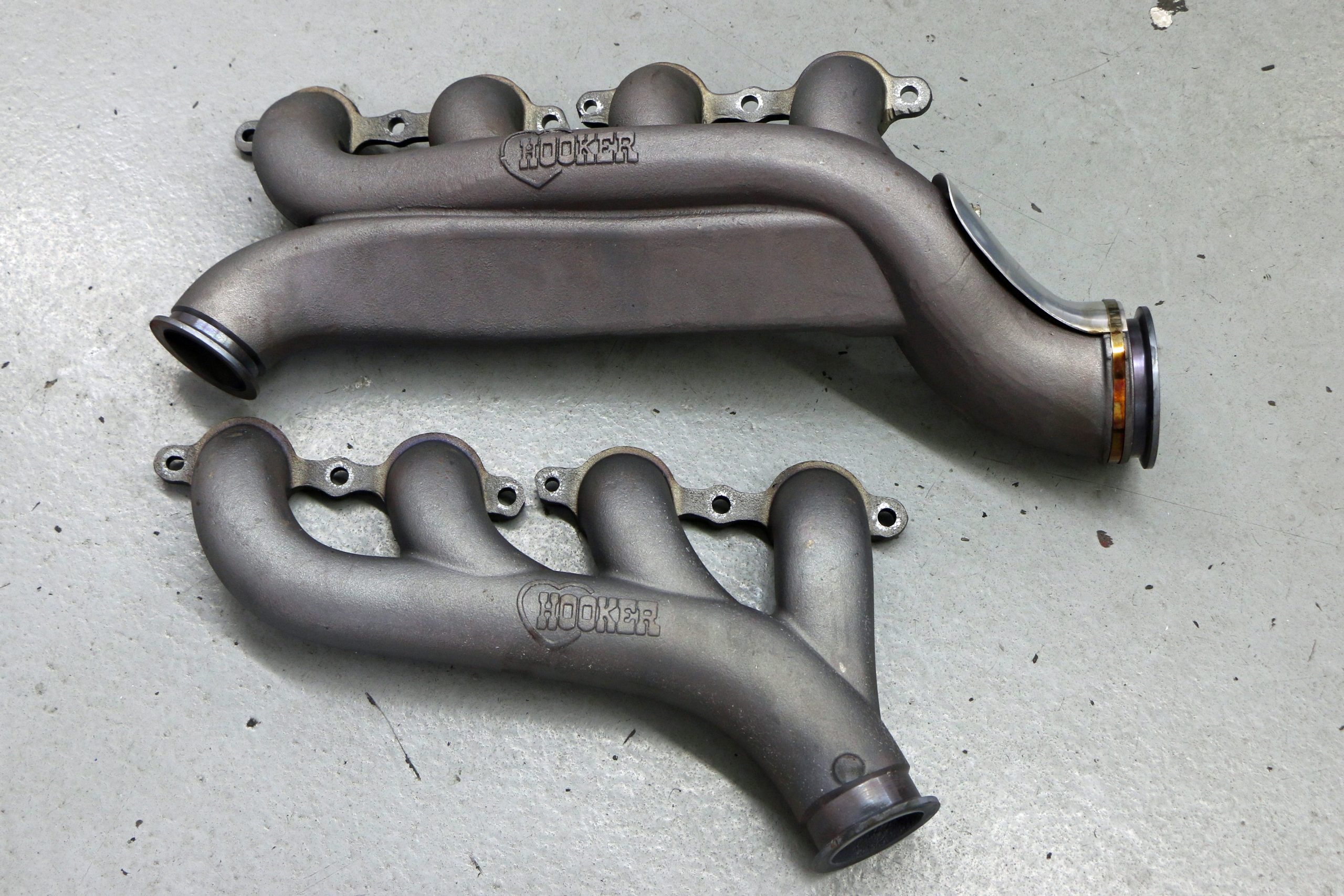
Both offer significant improvements, and the choice often comes down to your build style and available space.
Why Classic Cars Benefit More Than Modern Ones
Modern vehicles often require tuning changes and emissions considerations to fully take advantage of an exhaust upgrade. Classic cars, on the other hand, have fewer electronic restrictions and simpler fueling systems. This makes them far more responsive to basic mechanical upgrades like headers.
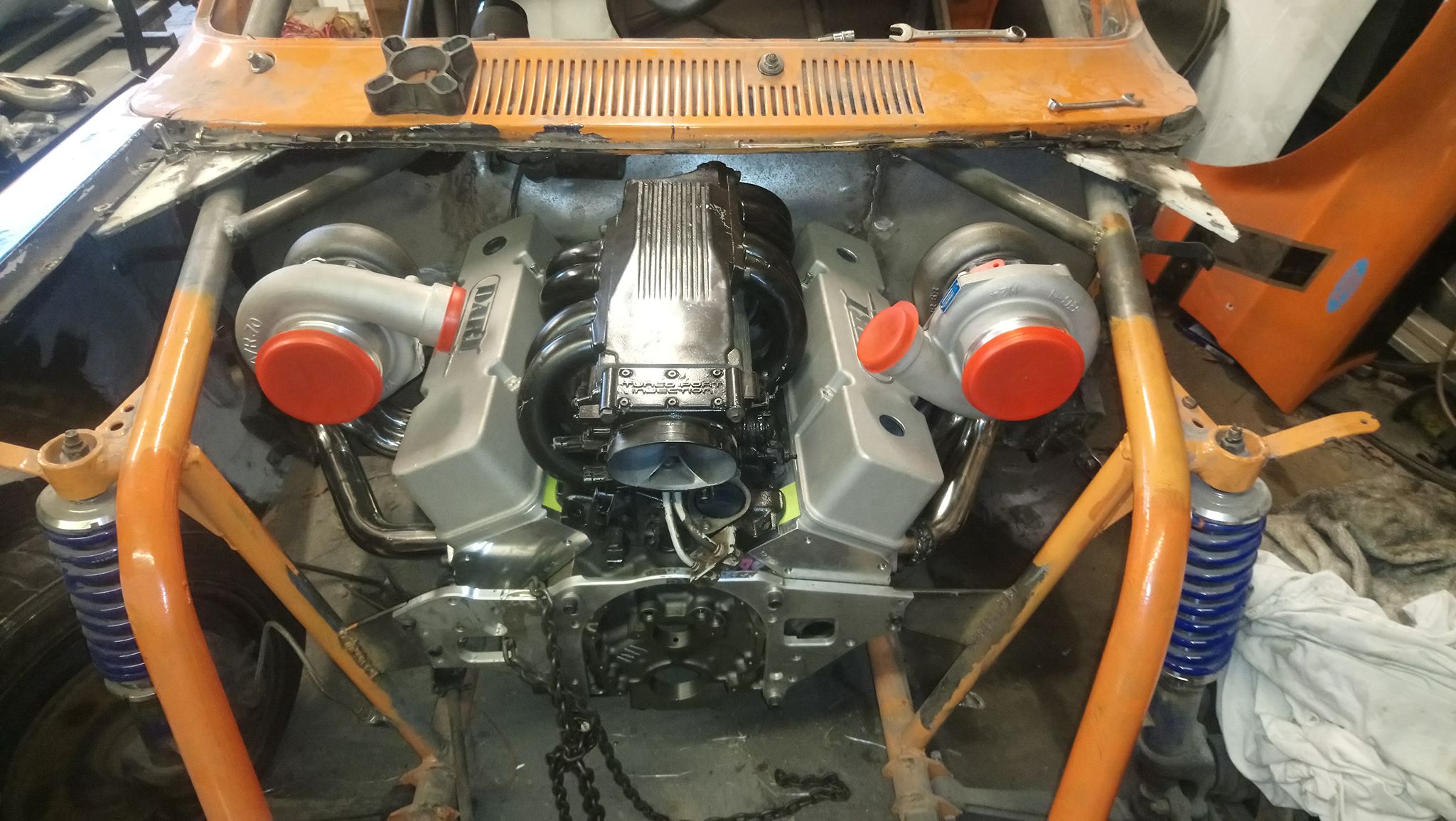
Classic V8s, such as the ones found in Camaros, Mustangs, or C10 pickups, can gain 10 to 25 horsepower with long-tube headers alone. Vintage European sports cars also benefit, especially when paired with proper jetting or tuning. These upgrades deliver instant improvements without needing to crack open the engine or install modern electronics.
Pairing with Other Upgrades
An exhaust upgrade works especially well when paired with other performance parts. For example, hotter camshafts, improved ignition systems, or high-flow intake manifolds all benefit from freer exhaust flow. In this way, headers not only add immediate power but also make the rest of your engine mods more effective.
They also play a role in heat management. Ceramic-coated headers reduce engine bay temperatures, especially when paired with an aluminum radiator, electric fan, or upgraded cooling system. These types of supporting mods help keep your vintage vehicle reliable, even under load.
Sound is Half the Fun
One of the most noticeable changes you will experience comes from sound. A header-equipped engine has a sharper, more aggressive tone. Equal-length headers provide a smoother, more refined note, while unequal-length versions deliver a choppier, more aggressive character.
Either way, the transformation is dramatic. If your classic currently sounds tame or muffled, a proper header setup will unlock the full voice of your engine.
Fitment, Finish, and Practicality
Not all headers are created equal. You will want to look for a set that fits your car’s engine bay and complements its character. Some questions to ask:
- Will they clear the steering column, suspension, and starter?
- Do they use stainless steel or ceramic coatings for long-term durability?
- Do they have a finish that fits the vintage look of your engine bay?
Vintage-friendly finishes and materials are widely available today. Whether you want a classic cast appearance or a polished modern look, the aftermarket offers solutions that suit your preferences.
The First Step in a Bigger Plan
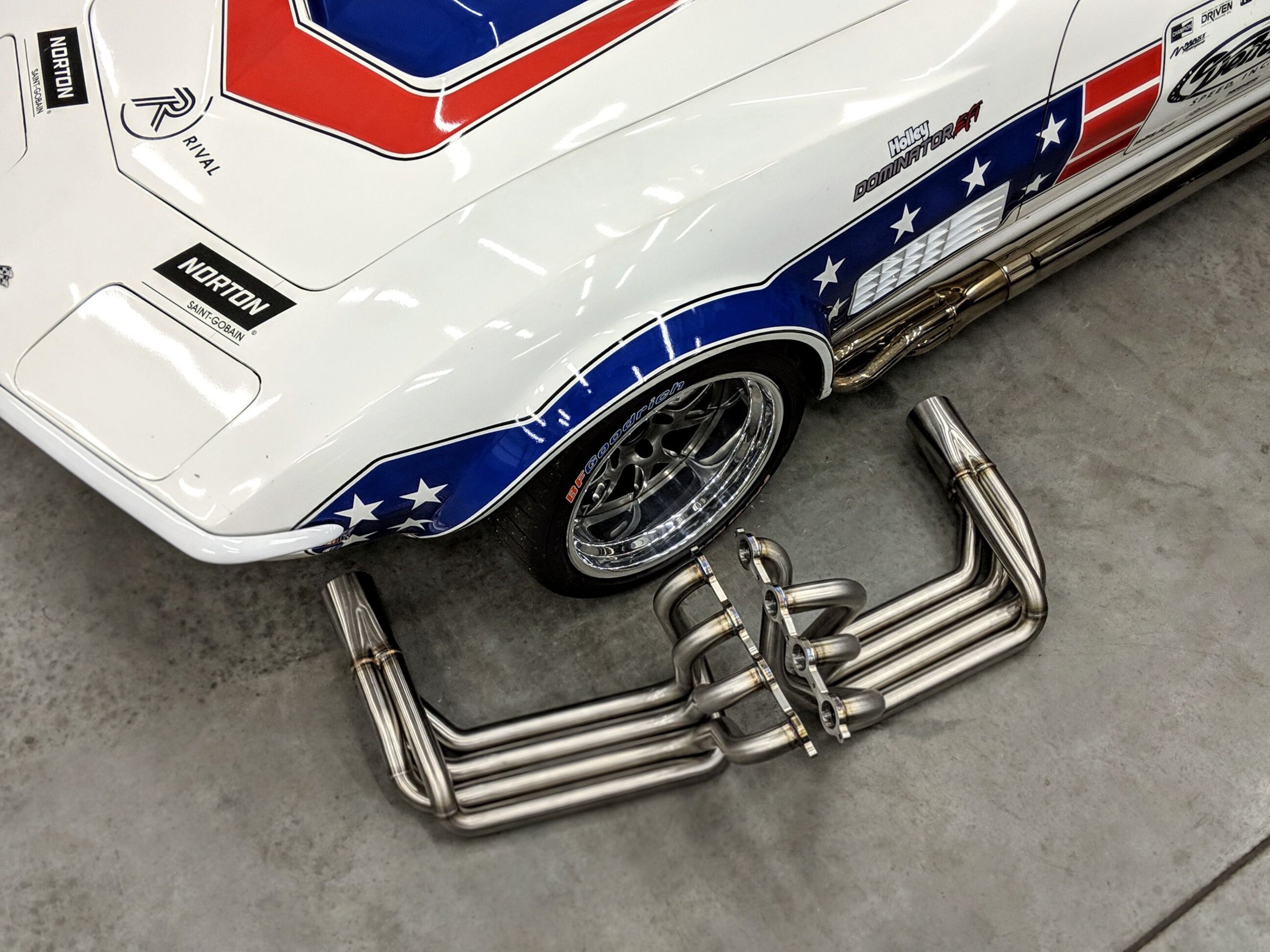
Headers are often the first mechanical performance mod that enthusiasts install. They are bolt-on, relatively inexpensive, and provide instant results. For those planning a more comprehensive build, exhaust upgrades are a smart starting point. They improve airflow and lay the groundwork for everything from carb swaps to full engine builds.
They also pair well with drivability upgrades like gear-reduction starters, electronic ignitions, or electric fans. A smart exhaust system does not just help your engine breathe—it helps the entire setup work better together.
Will Headers Hurt the Car’s Value?
This is a common question. The short answer: not likely. Most performance upgrades that are cleanly installed and reversible tend to be neutral or even positive when it comes to resale. Buyers appreciate drivability improvements, especially when the rest of the car remains largely true to its original form.
Headers generally fall under tasteful upgrades, alongside things like disc brakes or improved lighting. These are changes that make a classic more usable and enjoyable without hurting its core appeal.
Final Thoughts
Exhaust headers are a practical, rewarding way to improve a classic car. They add power, reduce heat, amplify sound, and open the door to future upgrades. They can also blend into the background visually if you choose a finish that fits the original look.
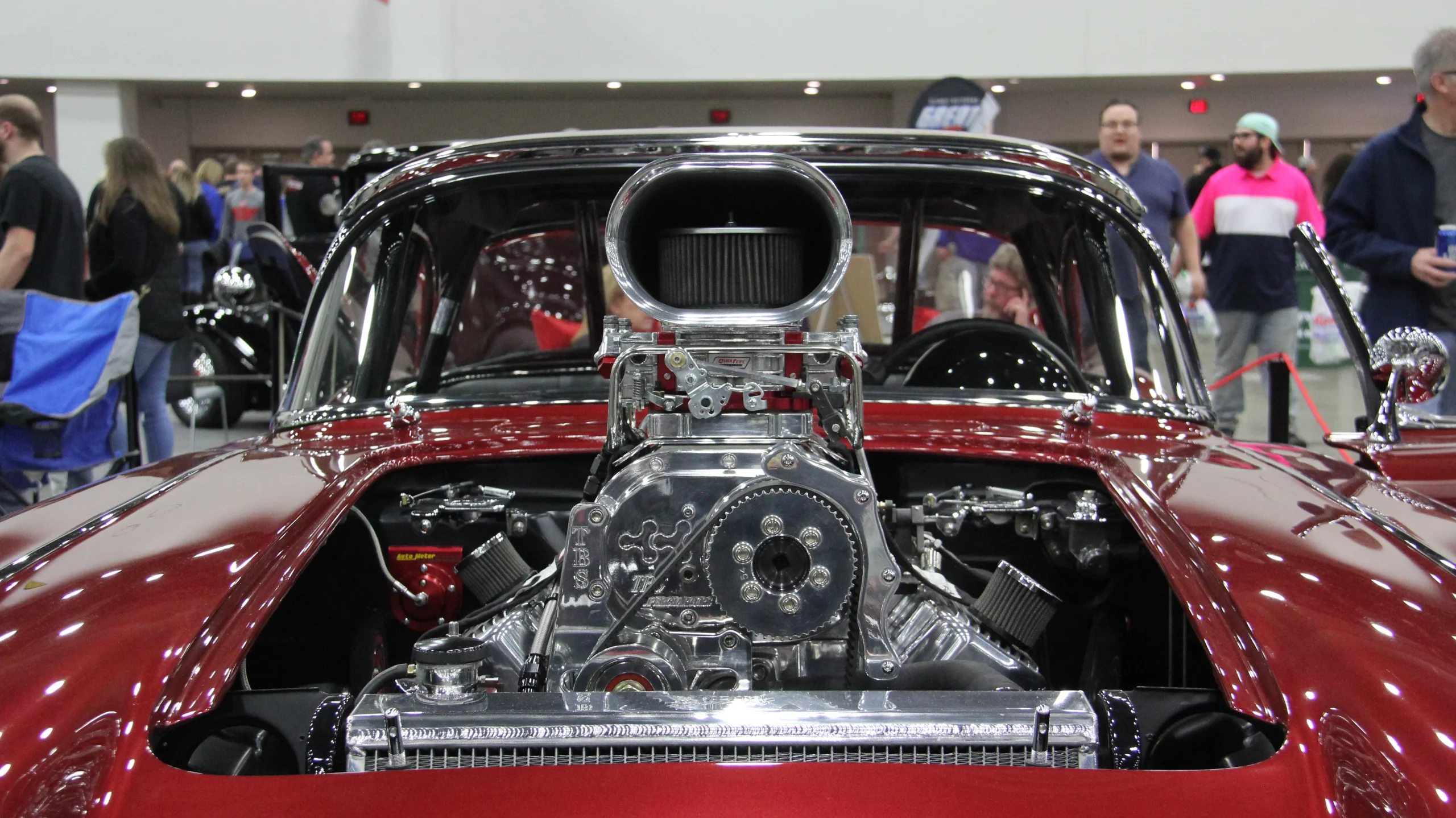
Whether you are chasing performance, building a weekend cruiser, or just trying to make an old car more fun to drive, headers deliver noticeable results with minimal downside. For many enthusiasts, they are the single best way to make an old engine feel alive again.
Before you take on a complex engine swap or modern suspension overhaul, consider starting with an exhaust system upgrade. It might be the simplest change you make—and one of the most satisfying.


